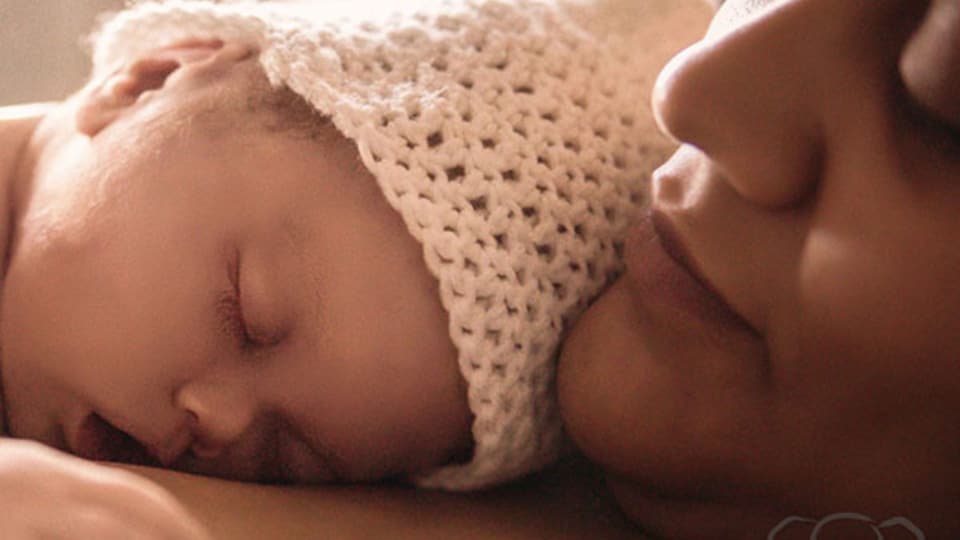

A stillbirth is the loss of a baby after 20 weeks of pregnancy. Stillbirth is different from miscarriage. In the United States, a miscarriage is usually defined as the loss of a baby before the 20th week of pregnancy.
Stillbirth is further classified as early, late, or term:

Stillbirth occurs in families of all races, ethnicities, and income levels, and to women of all ages. However, stillbirth occurs more commonly among certain groups of people including women who
Stillbirths also occur more often to women in certain racial or ethnic groups. In 2020, stillbirth occurred among non-Hispanic Black women two times more often than among non-Hispanic White and Asian or Pacific Islander women. 12
Health disparities in stillbirth are not rooted in biological or genetic differences between races and ethnicities. These disparities can be attributed to many underlying causes, including access to quality health care, pre-existing health conditions, and structural discrimination. Investigating these disparities is an important part of creating programs to reduce them.
My son Adrian was stillborn due to complications from undiagnosed preeclampsia. Preeclampsia is a condition that can happen after 20 weeks of pregnancy. No one mentioned the risk of stillbirth, and none of my providers seemed concerned about my symptoms. The night before I hit my 41st week of pregnancy, I went to bed with my son actively kicking in my belly. By the time I woke up the following morning, he was dead. I wish I had known stillbirth is as common as it is. I wish I had known that having symptoms of preeclampsia was a big deal. Most of all, I wish more people talked about stillbirth. My son should be here, and he isn't.
CDC works to learn more about who had a stillbirth and explores whether we know why. CDC does this by tracking how often stillbirth occurs and researching what causes stillbirth. Knowledge about the potential causes of stillbirth can be used to develop recommendations, policies, and services to help prevent stillbirth. While we continue to learn more about stillbirth, much work remains.
Keep Reading: CDC Activities